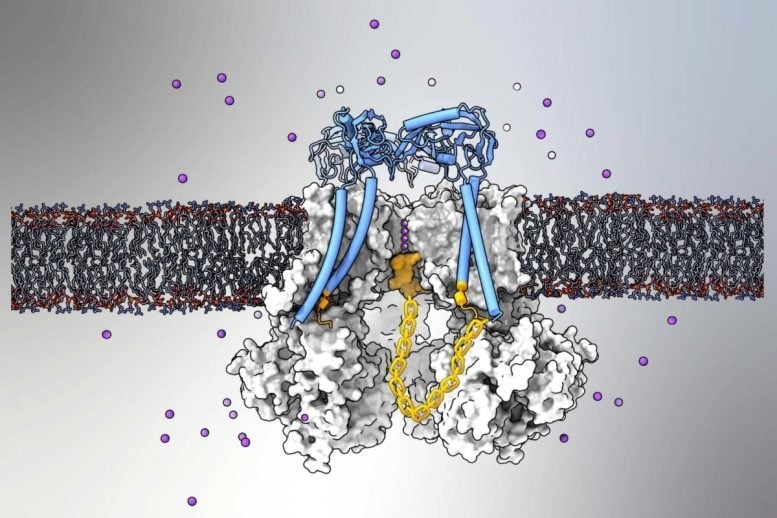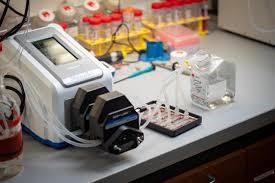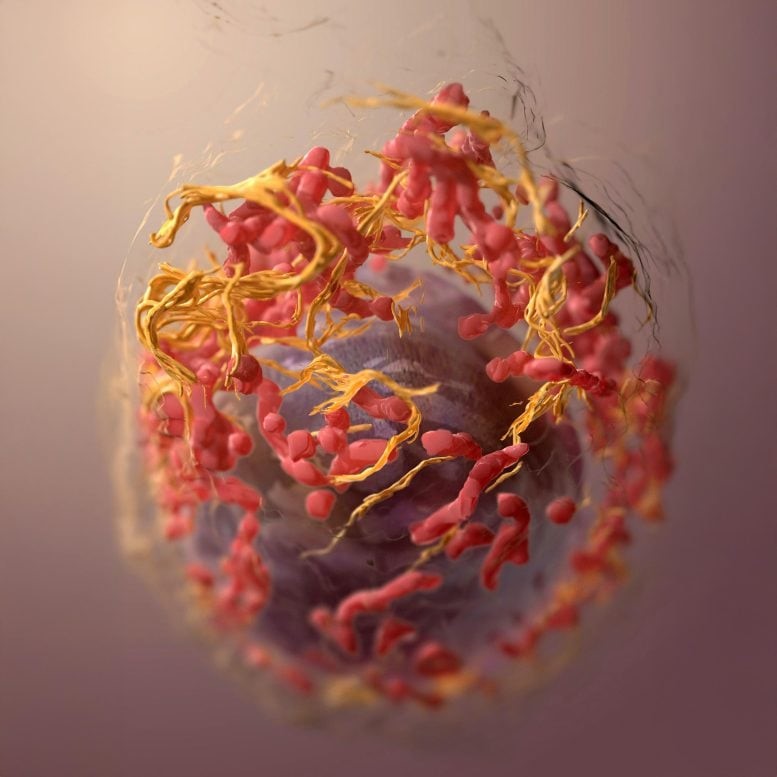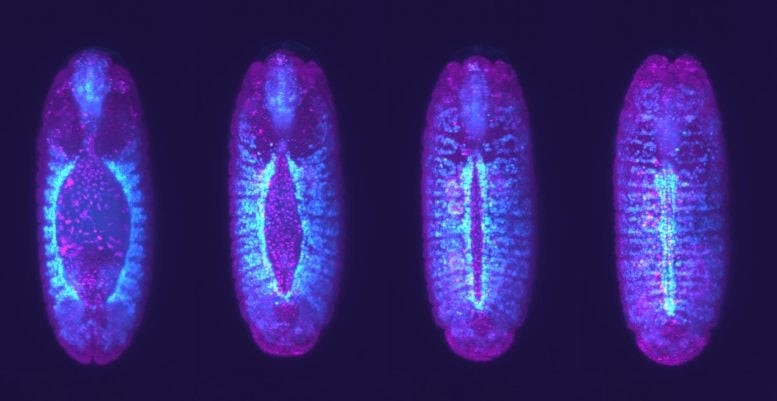Hepatitis B Enigma Unraveled After Decades – Promising New Treatment Emerges
Breakthrough Discovery: Anticancer Drug Shows Potential in Blocking Hepatitis B Infection
A team of researchers from Memorial Sloan Kettering Cancer Center (MSK), Weill Cornell Medicine, and The Rockefeller University has made a significant breakthrough in the fight against hepatitis B virus (HBV). Their study, published on February 20 in Cell, reveals a key vulnerability in HBV, offering a promising path for new treatment approaches.
During laboratory experiments, the scientists demonstrated that an anticancer drug, currently in clinical trials, effectively blocked HBV from infecting human liver cells. This discovery could lead to groundbreaking treatment options for hepatitis B, with further studies in animal models expected to follow.
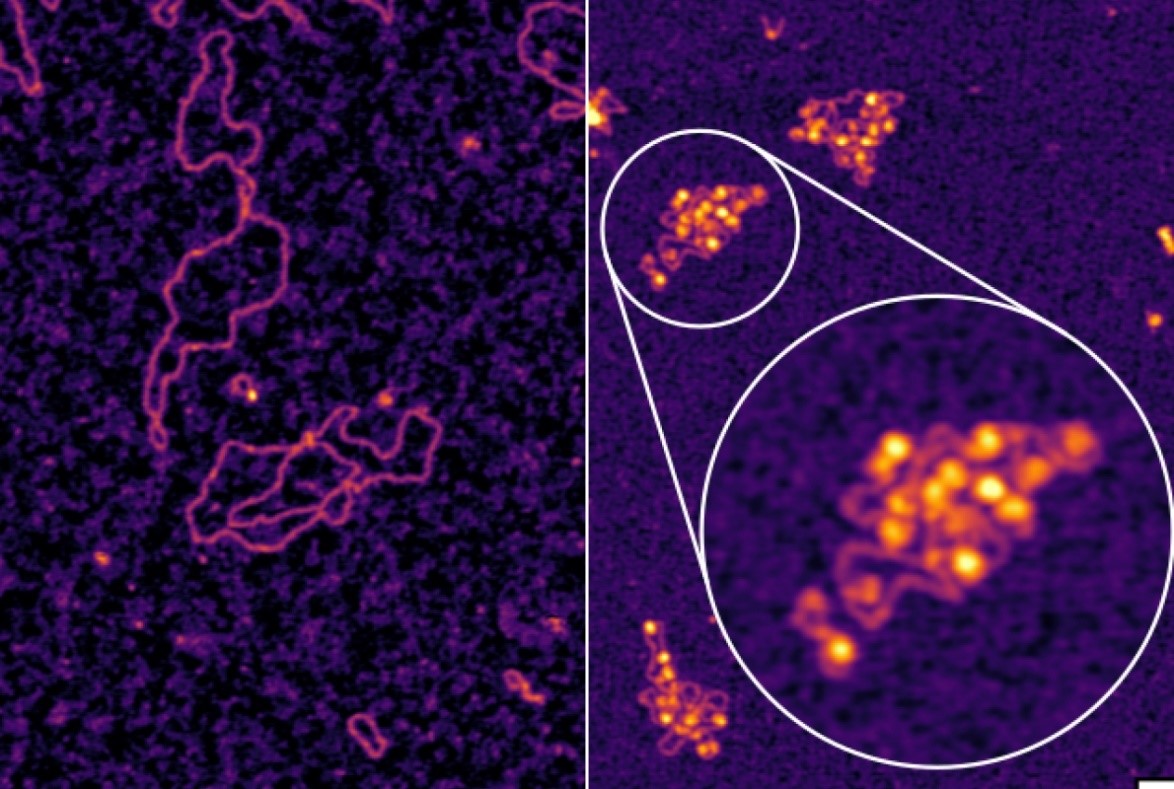
Figure 1.Hepatitis B DNA In Its Natural State.
Anticancer Drug Shows Potential in Combating Hepatitis B
Hepatitis B, a virus affecting nearly 5% of the global population and a leading cause of liver cancer, claims over 1 million lives annually, according to the World Health Organization (WHO).
In a breakthrough study published in Cell on February 20, researchers from Memorial Sloan Kettering Cancer Center (MSK), Weill Cornell Medicine, and The Rockefeller University discovered that an anticancer drug, currently in clinical trials, can effectively block hepatitis B virus (HBV) infection in human liver cells. Figure 1 shows hepatitis B DNA in its natural state.
Led by Dr. Yael David (MSK), Dr. Robert Schwartz (Weill Cornell Medicine), and Dr. Viviana Risca (The Rockefeller University), the team initially aimed to study the virus's chromosome structure but unexpectedly found a potential treatment path.
“This unexpected discovery could lead to promising new treatments for hepatitis B,” said Dr. David. Further studies in animal models will determine the drug’s effectiveness and safety.
Unexpected Collaboration Leads to Major Breakthrough in Hepatitis B Research
The groundbreaking discovery of a potential treatment for hepatitis B stemmed from an unexpected collaboration between researchers from Memorial Sloan Kettering Cancer Center (MSK), Weill Cornell Medicine, and The Rockefeller University.
The collaboration began six years ago when Dr. Robert Schwartz, a gastroenterologist at Weill Cornell Medicine, met Dr. Yael David, a chemical biologist at MSK, during a faculty retreat. Despite working in different fields — hepatitis B and gene regulation — they found a surprising connection when Dr. David learned that the virus hijacks human gene-regulation mechanisms to establish infection.
Soon after, Nicholas Prescott, then a doctoral student in Dr. David’s lab, explored this concept using hepatitis B as a model. Their research focused on a viral gene called X, which produces a protein crucial for the virus's survival. This protein not only drives viral gene expression but also promotes cancer by degrading host DNA repair proteins, making cells vulnerable to mutations.
Their collaboration ultimately led to the discovery that an anticancer drug could block hepatitis B infection, offering new hope for treatment.
Limitations of Current Hepatitis B Treatments
Despite advances in hepatitis B treatment, significant challenges remain in achieving a complete cure. According to Dr. Robert Schwartz, a gastroenterologist at Weill Cornell Medicine, current treatments can suppress the virus from replicating but fail to eliminate it from infected liver cells, allowing the infection to persist and potentially lead to chronic liver damage or cancer.
Although vaccines are available and effective, they require booster doses to maintain long-term immunity and do not benefit individuals already infected with the virus [1]. This is particularly concerning in regions where mother-to-child transmission is prevalent, especially in parts of Africa and Asia where access to vaccines and treatments remains limited.
The new discovery of using an anticancer drug to block hepatitis B infection offers hope for a more effective treatment that could target the virus within infected cells, potentially overcoming the limitations of current therapies.
Creating a New Platform to Study Hepatitis B Infection
One of the major challenges in understanding hepatitis B was uncovering the role of the viral X protein during the early stages of infection. However, existing tools were insufficient to capture the critical events that occur during these early hours, explained Dr. Nicholas Prescott, now a postdoctoral fellow at The Rockefeller University.
To overcome this, the David Lab at Memorial Sloan Kettering Cancer Center (MSK) utilized its expertise in DNA packaging and modification. They successfully recreated the hepatitis B virus (HBV) minichromosome — a complex formed when viral DNA integrates with human histones, the proteins responsible for organizing DNA. This breakthrough platform allowed researchers to observe, for the first time, the biochemical processes driving infection and gene expression in human liver cells.
“This platform gave us unprecedented insight into the virus’s behavior in its early stages, opening new opportunities for targeted treatment,” said Dr. David.
Protein X Production Relies on DNA Packaging
A key discovery in the study was understanding how the hepatitis B virus (HBV) produces protein X, which is critical for the virus to establish infection. The researchers found that for protein X to be made, the viral DNA must be organized into nucleosomes — structures where DNA wraps around host-derived histone proteins, similar to beads on a string. These nucleosomes are essential building blocks of chromatin, influencing gene expression.
This aspect of the study leveraged the expertise of Dr. Viviana Risca from The Rockefeller University, whose lab specializes in 3D genome architecture. The Risca Lab ensured that the virus’s DNA packaging in the newly developed platform closely mirrored the natural infection process in human cells, allowing the researchers to gain accurate insights into how protein X drives the infection.
Understanding this packaging process provided a new target for blocking the virus, ultimately contributing to the discovery of a potential treatment using an anticancer drug.
Unconventional Role of DNA Packaging in HBV Protein X Production
Researchers have uncovered a surprising role of nucleosome packaging in hepatitis B virus (HBV) gene expression. Unlike typical gene suppression, nucleosomes in the HBV genome actually facilitate RNA transcription for protein X production. Dr. Viviana Risca of The Rockefeller University emphasized that gene regulation in viruses can be complex, and nucleosome positioning is crucial for HBV infection. This discovery led to a potential treatment strategy: disrupting chromatin structures to block protein X production. Among five tested compounds, only CBL137, an anticancer drug candidate, effectively inhibited protein X in infected liver cells, offering a promising new approach to HBV treatment.
References
- https://scitechdaily.com/decades-old-hepatitis-b-mystery-solved-new-treatment-on-the-horizon/
- https://news.weill.cornell.edu/news/2025/02/digging-into-a-decades-old-hepatitis-b-mystery-suggests-a-new-potential-treatment
Cite this article:
Keerthana S (2025),Hepatitis B Enigma Unraveled After Decades – Promising New Treatment Emerges,AnaTechMaz,pp. 340








